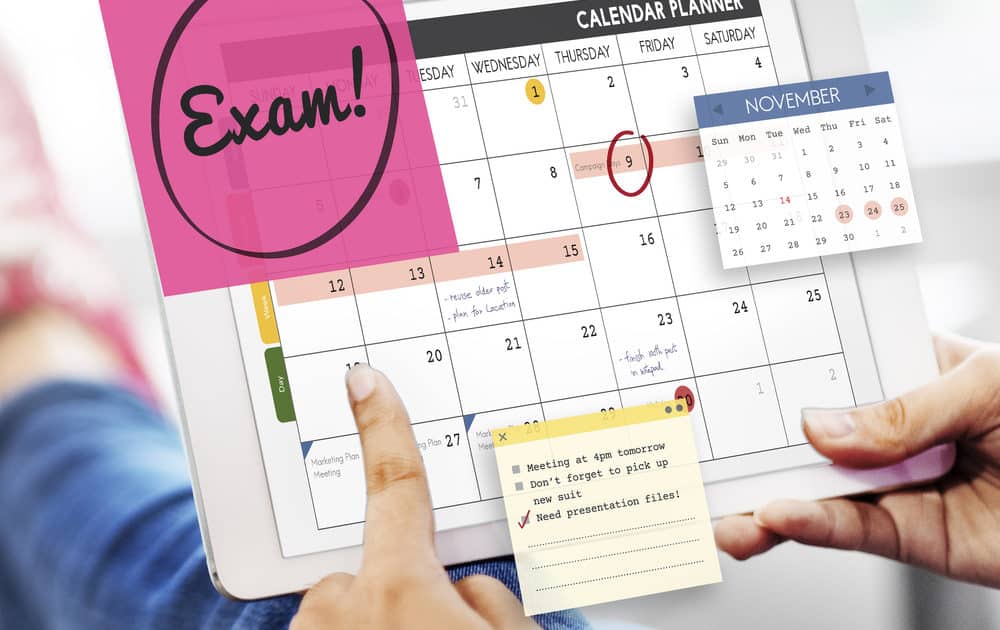Drone shots are becoming increasingly popular across various industries. From real estate to tourism, businesses use aerial photography to provide unique perspectives and captivating visuals. This trend is now making its way into the education sector, with schools recognising the value of school drone footage.
Visual content plays a crucial role in making a school website appealing. High-quality images and videos can capture the essence of a school’s environment, making it more attractive to prospective students and their families. Drone shots, in particular, offer a fresh and engaging way to showcase a school’s campus and activities.
This article will explore five key benefits of incorporating drone shots into school websites.
Enhanced Campus Overview
Drone shots provide a comprehensive view of the entire campus, capturing all its features in a single frame. This bird’s-eye perspective allows visitors to appreciate the layout and beauty of the school grounds, something ground-level photos simply can’t match.
Creating a memorable first impression is crucial; visually stunning drone footage can do just that. When prospective students and parents visit the website, they are greeted with breathtaking aerial views highlighting the school’s best features. This can set the school apart from others, making a lasting impact on visitors.
Improved Navigation and Virtual Tours
Drone shots can enhance virtual tours, making them more engaging and informative. Parents and students can better understand the school’s layout by providing a clear aerial view of the campus. This helps them feel more oriented and comfortable before setting foot on the grounds.
Dynamic drone footage adds a new level of excitement to online open days and virtual visits. Prospective families can experience the school environment in a way that’s both visually impressive and highly informative. This makes the virtual experience more immersive and memorable, helping the school stand out in the minds of visitors.
Highlight School Events and Activities
Drone shots capture large-scale events like sports days, assemblies, and outdoor activities. They provide a sweeping view of these events, showing the full scale and energy that can be missed with traditional photography. This makes for more engaging and dynamic content on the school website.
Drones offer unique perspectives that ground-level photos and videos simply can’t match. Aerial shots can highlight the organisation and excitement of school events from rarely-seen angles. This unique viewpoint makes the website content more captivating and memorable for visitors, showcasing the school’s vibrant community in a new light.
Boost Engagement and Retention
Engaging visual content, like drone shots, can significantly increase website traffic. Visitors are more likely to explore a website with captivating images and videos. This keeps them on the site longer, increasing the chances that they’ll learn more about the school and its offerings.
Drone footage also encourages social sharing, boosting visibility and word-of-mouth promotion. High-quality, unique aerial shots are more likely to be shared on social media platforms, spreading the word about the school far and wide. This can attract prospective students and parents to the website, further enhancing the school’s online presence.
Professional Image and Branding
Using cutting-edge technology like drones reflects a sense of modernity and innovation. Schools that incorporate drone shots into their websites show they are forward-thinking and embrace new ways to present themselves. This can make a strong, positive impression on prospective students and parents.
Professional drone footage also ensures consistent visual branding. High-quality aerial shots can be seamlessly integrated with other visual content on the website, creating a cohesive and polished look. This consistency helps reinforce the school’s brand identity, making it more recognisable and appealing.
5 Benefits of Drone Shots for Schools
Drone shots offer several key benefits for school websites. They provide a comprehensive view of the campus, enhance virtual tours, highlight events from unique perspectives, boost engagement and retention, and contribute to a professional image and consistent branding.
Given these advantages, incorporating drone shots into your school’s website strategy is a smart move. If you’re looking for done shots for your school or educational institution, get in touch with School Jotter today!
















